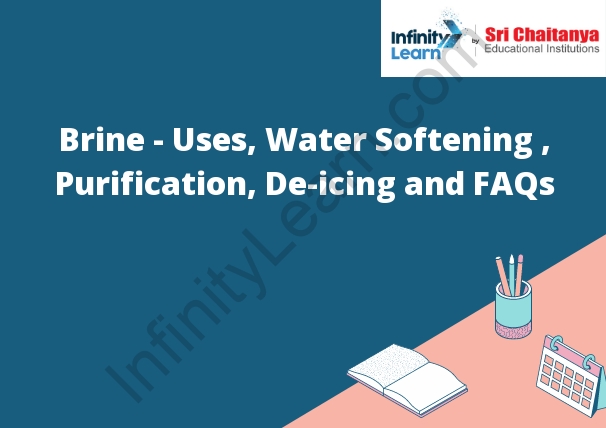Table of Contents
What is a Brine? ; Uses ; Recipe
A brine is a water-based solution that is high in salt content. It is used to preserve food by inhibiting the growth of bacteria. The solution can also add flavor and moisture to food. A brine can be made at home by dissolving salt in water, or it can be purchased from a store. Foods that are commonly preserved with a brine include meats, fish, and vegetables.

About Brine ll Hardness Test
The Brinell hardness test is a test used to determine the hardness of a material. The test is performed by pressing a steel ball of a specified diameter into the surface of the material with a specified force. The diameter of the impression and the force are then used to calculate the hardness of the material.
Brine in Nature
Brine is a water and salt solution that is found in nature. It is often used as a way to preserve food. The salt in the brine helps to prevent the growth of bacteria and other microorganisms.
Refrigerating Fluid
A refrigerant is a fluid used in a heat pump or air conditioning system to absorb and release heat. Refrigerants are also used in industrial processes such as manufacturing and chemical processing. In a heat pump, the refrigerant absorbs heat from the indoor air and releases it outdoors. In an air conditioning system, the refrigerant absorbs heat from the indoor air and releases it to the outside air.
Water Softening and Purification
Water softening is the process of removing minerals from water. Hard water contains high levels of calcium and magnesium ions. These minerals can cause problems in many areas of home life, including laundry, dishes, and plumbing.
Water purification is the process of removing contaminants from water. Contaminants can come from natural sources, such as minerals and metals, or from man-made sources, such as pesticides and chemicals. Purified water is safe for drinking, cooking, and other household uses.
De-icing
is the process of removing ice or frost from a surface. De-icing fluids are liquids that can be used to remove ice or frost from a surface. De-icing fluids can be aqueous (water-based) or organic (petroleum-based).
The most common de-icing fluids are aqueous solutions of sodium chloride (rock salt), calcium chloride, and magnesium chloride. These de-icing fluids are effective at lowering the freezing point of water, and they are also inexpensive and non-toxic.
Organic de-icing fluids, such as gasoline, kerosene, and diesel fuel, are more effective at removing ice than aqueous de-icing fluids, but they are more expensive and more toxic.
De-icing fluids are used to remove ice or frost from:
-Roads
-Sidewalks
-Railroads
-Airports
-Piers
-Docks








